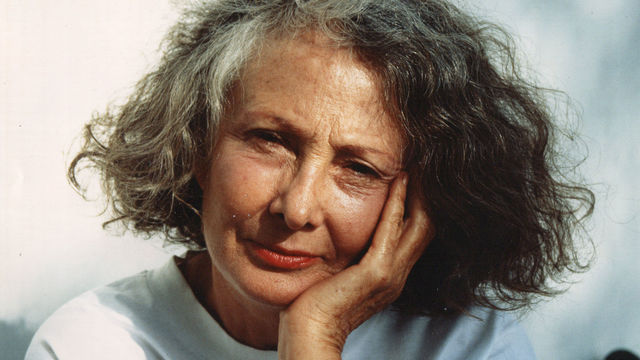
Margarita Azurdia
Born in 1931 in Antigua, Guatemala, Margarita Azurdia was educated in private boarding schools and attended a Catholic high school, Loretto Academy, in Niagara Falls, Canada. She returned to Guatemala and married Carlos Fanjul when she was twenty years old. Primarily self-taught, she first became known as an artist under the name Margot Fanjul. Her first solo exhibition, in 1963, set the tone for her career as a constant, irreverent experimenter. During the 1960s Azurdia produced critically acclaimed large-scale abstract paintings, some composed of rhythmic arrangements of parallel lines, others consisting of large, flat fields with geometric and linear patterns in unusual color combinations reflecting indigenous textile designs. The influential Argentine critic Marta Traba extolled her paintings as among the most emblematic examples of art from Central America. Azurdia's series Asta 104 received an honorary mention at the 10th Bienal de São Paulo in 1969 and signaled the artist's lifelong search for the identity of human beings in the cosmos. With her presentation of manipulable marble abstract sculptures at the 3rd Bienal de Arte Coltejer in Medellín, Colombia, in 1972, she sought to solicit public participation in her work. Azurdia's first performance, Favor quitarse los zapatos (Please take off your shoes, 1970), presented at the 2nd Bienal de Arte Coltejer, tested the possibilities of "integrating the body of the public into the work, exploring sensorial capacities other than vision and expanding psychological awareness."#
Between 1971 and 1974 she created Homenaje a Guatemala (Tribute to Guatemala), a group of fifty wood sculptures painted and carved by local artisans, after the artist's drawings. Following a divorce and a return to her maiden name in 1974, Azurdia left Guatemala and moved to Paris, where she concentrated on drawing and writing poetry. She also took contemporary dance classes. In 1982 she returned to Guatemala and founded an experimental performance group, Laboratorio de Creatividad, which included the artists Benjamín Herrarte, Marta Olga Herrarte, Lucrecia Herrera, Fernando Iturbíde, María del Carmen Pellecer Mayora, and Marie Joe Rochas. Their goal was to conjure corporeal experiences in public places and outside the confines of art institutions to mobilize the public to action. When the group disbanded around 1985, Azurdia continued her explorations of sacred dance, everyday ritual, feminine spirituality, and unity with the earth. Regardless of her polemics, her work was widely recognized in national and international biennials and competitions and can be found in the collection of the Museo Nacional de Arte Moderno Carlos Mérida in Guatemala City and Colección de Arte del Banco de la República de Colombia in Bogotá, among many others. Azurdia died in 1998.
—Dorota Bizcel
Selected Solo Exhibitions and Artist Publications
1967 Geométricas, Galería DS, Antigua, Guatemala
1987 El libro de Margarita (book)
1992 Iluminaciones: Veintidós láminas y poesía de la autora (book)
2006 Margarita Rita Rica Dinamita, Centro de Formación de la Cooperación Española, Antigua, Guatemala
2008 Margarita Azurdia (1931–1998), Centro Cultural Metropolitano, Guatemala City
Selected Bibliography
Cazali, Rosina. "Margarita Rita Rica Dinamita." In Tres mujeres, tres memorias: Margarita Azurdia, Emilia Prieto, Rosa Mena Valenzuela, 25–31. San José, Costa Rica: TEOR/éTica, 2009.
Díaz Bringas, Tamara, and Virginia Pérez-Ratton. Estrecho dudoso. San José, Costa Rica: TEOR/éTica, 2006.
J, P, and EW. "Margarita Azurdia, 1971–1974." Massachusetts Review 27 (Fall–Winter 1986): 485–92.
Pellecer Mayora, María del Carmen. Una: La historia de Margarita Azurdia. Guatemala City: Tipografía Nacional, 2011.
Recourat, Edith. Serie "Asta 104" de Margot Fanjul. Guatemala City: Departamento de Artes Plásticas de la Dirección General de Cultura y Bellas Artes de Guatemala, 1969.


